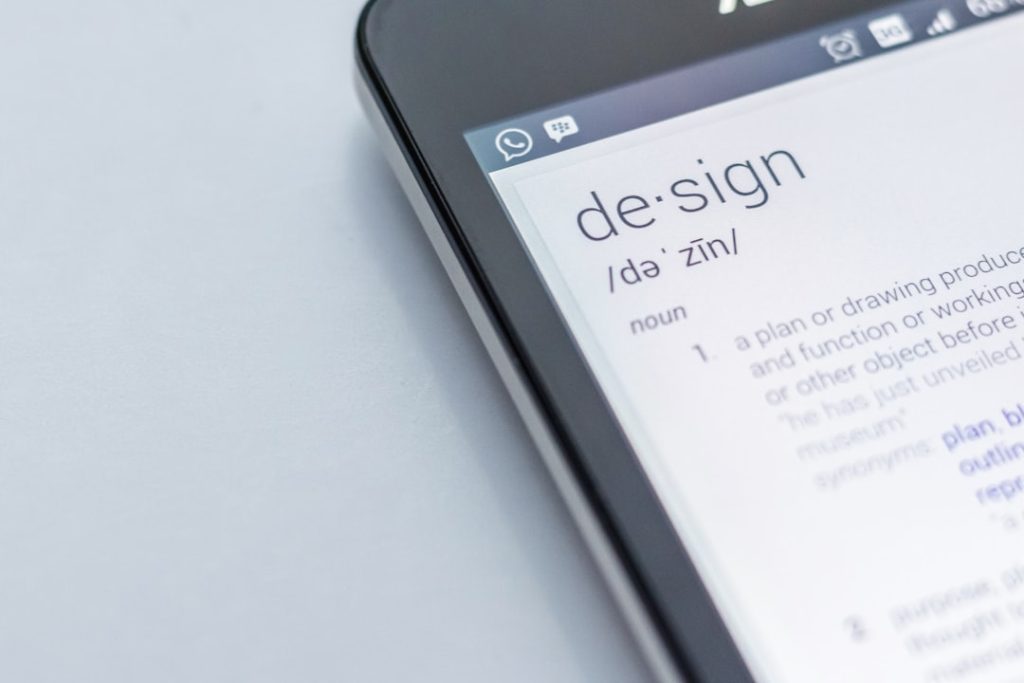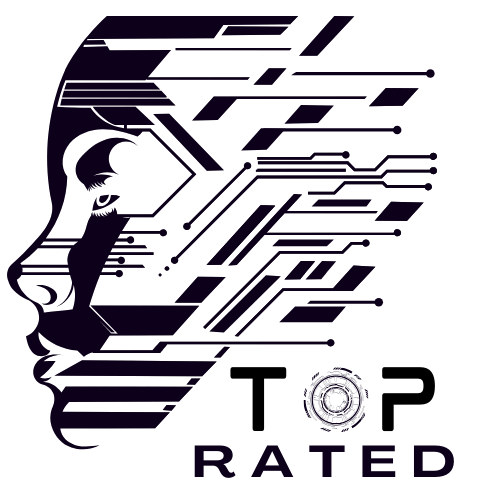Logos are a fundamental aspect of a company’s identity. They encapsulate the essence of a brand, making it instantly recognizable and memorable. In the highly competitive IT industry, a compelling logo can set a company apart from its rivals. In this article, we will explore some of the top IT companies with memorable logos, analyze the design principles behind them, and discuss the impact of these logos on brand identity and marketing.
The Importance of a Memorable Logo
A logo is more than just a visual symbol; it is a crucial element of a company’s brand identity. A well-designed logo captures the company’s essence and values, creating a lasting impression on consumers. Here are some reasons why a memorable logo is important:
Brand Recognition
A memorable logo helps in creating instant brand recognition. For instance, when you see the bitten apple, you immediately think of Apple Inc. This instant recognition helps in building trust and loyalty among consumers. Brand recognition also enhances word-of-mouth marketing, as people are more likely to remember and talk about a brand with a distinctive logo.
Brand recognition is not just about being noticed; it’s about being remembered. A strong logo ensures that your brand remains in the minds of consumers long after they’ve encountered it. This ongoing recognition plays a critical role in customer retention and loyalty.
In today’s digital age, where consumers are bombarded with countless logos and advertisements daily, having a memorable logo can make all the difference. It’s the first step in creating a lasting connection with your audience.
Differentiation
In a crowded market, a unique logo can help a company stand out. It differentiates the brand from its competitors and communicates its unique selling points. A distinctive logo can be a powerful tool in creating a brand identity that is distinct and memorable.
Differentiation through a logo is not just about aesthetics; it’s about conveying a brand’s core values and mission. A well-designed logo can communicate what sets a company apart from its competitors in just a glance. This visual differentiation can be a decisive factor for consumers when choosing between similar products or services.
A unique logo also helps in establishing a brand’s personality. Whether it’s bold, playful, or sophisticated, the design elements of a logo can convey the brand’s character and appeal to its target audience.
Marketing Integration
A logo seamlessly integrates with all marketing materials, from business cards to billboards. A consistent logo across various platforms reinforces the brand’s identity and message. This consistency is key to building a strong and cohesive brand image.
Incorporating a logo into different marketing channels requires versatility in design. A well-designed logo should look good in various sizes and formats, ensuring it remains effective whether it’s on a website, social media, or printed materials.
Marketing integration also involves using the logo in creative ways to enhance brand recall. For example, incorporating the logo into product packaging, promotional merchandise, and even in-store displays can strengthen the brand’s presence and visibility.

Psychological Impact
A memorable logo can evoke specific emotions and associations in consumers. The colors, shapes, and fonts used in a logo can have a psychological impact, influencing how people perceive the brand. For example, blue is often associated with trust and reliability, while red can evoke excitement and energy.
Understanding the psychological impact of design elements can help in creating a logo that resonates with the target audience. By tapping into these psychological cues, brands can create a deeper connection with consumers.
The psychological impact of a logo also extends to brand loyalty. A logo that evokes positive emotions can foster a sense of attachment and loyalty among consumers, encouraging repeat business and long-term relationships.
Iconic Logos in the IT Industry
Several IT companies have created iconic logos that are not only visually appealing but also effectively communicate their brand’s ethos. Let’s delve into the logos of some top IT companies and analyze the design principles behind them.
Apple
Apple’s logo, a simple apple with a bite taken out of it, is one of the most recognizable logos worldwide. The logo has evolved over the years, but its core design has remained consistent. The simplicity of the design is one of its strongest points, making it easily recognizable at a glance.
Design Principle: Simplicity
The minimalist design of Apple’s logo focuses on simplicity and elegance. By stripping away unnecessary elements, the logo remains clean and uncluttered, making it easily recognizable. Simplicity also ensures that the logo is versatile and can be effectively used across various mediums and sizes.
Impact: Recognizability and Versatility
The logo’s simplicity ensures that it is easily recognizable and versatile across various mediums and sizes. Whether it’s on a tiny smartphone screen or a massive billboard, the logo retains its clarity and impact. This versatility is crucial in maintaining brand consistency across different platforms.
Psychological Effect: Knowledge and Innovation
The apple symbolizes knowledge and innovation, aligning perfectly with Apple’s brand philosophy of bringing innovative technology to the masses. The bite taken out of the apple adds a unique touch, making the logo memorable and distinctive. This symbolism reinforces Apple’s commitment to innovation and creativity.

Microsoft
Microsoft’s logo, featuring four colored squares, represents the company’s diverse range of products and services. The colors symbolize different divisions within the company, such as Windows (blue), Office (red), Xbox (green), and Bing (yellow).
Design Principle: Modernity and Diversity
The modern design of Microsoft’s logo reflects the company’s forward-thinking approach. The use of four distinct colors represents the diversity of Microsoft’s product offerings, emphasizing inclusivity and variety. The geometric shapes add a contemporary touch, making the logo visually appealing.
Impact: Forward-Thinking and Inclusive
The logo’s modern design reflects Microsoft’s forward-thinking approach and its diverse product portfolio. The use of different colors appeals to a broad audience, signifying inclusivity and variety. This inclusivity is a key aspect of Microsoft’s brand identity, positioning it as a company that caters to a wide range of needs and preferences.
Psychological Effect: Variety and Innovation
The use of different colors in the logo evokes feelings of variety and innovation. Each color represents a different facet of Microsoft’s offerings, creating a sense of excitement and curiosity. This psychological effect aligns with Microsoft’s mission to innovate and provide diverse solutions to its customers.

Google’s logo is a perfect example of how a simple wordmark can be incredibly effective. The use of primary colors (blue, red, yellow) and a secondary color (green) in the logo signifies the company’s playful and innovative nature.
Design Principle: Playfulness and Simplicity
The playful design of Google’s logo reflects the company’s innovative and approachable personality. The use of primary colors adds a sense of fun and creativity, making the logo stand out. The simplicity of the wordmark ensures that it remains clear and legible across different platforms.
Impact: Approachability and Friendliness
The logo’s playful design resonates with Google’s brand personality, making it approachable and friendly. This approachability is a key aspect of Google’s brand identity, positioning it as a company that is easy to interact with and understand. The friendly design also appeals to a wide audience, enhancing brand reach.
Psychological Effect: Simplicity and Creativity
The use of primary colors evokes feelings of simplicity and creativity, aligning with Google’s mission to make information universally accessible. The logo’s design encourages a sense of curiosity and exploration, inviting users to engage with the brand. This psychological effect reinforces Google’s commitment to innovation and user-friendly solutions.

Logo Design Trends
The IT industry is constantly evolving, and so are logo design trends. Keeping up with these trends can help companies create logos that are not only modern but also impactful.
Minimalism
Minimalistic logos focus on simplicity and clarity. By stripping down to the essentials, these logos are easily recognizable and versatile across various platforms. This trend emphasizes clean lines, simple shapes, and limited color palettes, making the logos timeless and adaptable.
Minimalism is particularly effective in the digital age, where logos need to be scalable and legible on various devices. A minimalist logo ensures that the brand remains consistent and recognizable, regardless of the platform or medium.
The trend towards minimalism also reflects a broader cultural shift towards simplicity and functionality. Consumers are increasingly drawn to brands that convey a sense of clarity and purpose, and a minimalist logo can effectively communicate these values.
Responsive Logos
With the increasing use of mobile devices, responsive logos that adapt to different screen sizes are becoming more popular. These logos ensure that the brand’s identity remains consistent across all devices. A responsive logo can change in size, complexity, or orientation to suit the context in which it is displayed.
Responsive logos are essential for maintaining brand integrity in a multi-device world. They ensure that the logo remains effective and recognizable, whether it’s viewed on a smartphone, tablet, or desktop computer.
The trend towards responsive logos also highlights the importance of flexibility in design. Brands need to be adaptable and responsive to changing consumer behaviors and technological advancements, and a responsive logo is a key component of this adaptability.
Gradient and Vivid Colors
Using gradients and vivid colors can add depth and dimension to a logo, making it more visually appealing. This trend is particularly popular in the tech industry, where companies want to showcase their dynamic and innovative nature. Gradients can create a sense of movement and energy, adding a modern touch to the logo.
The use of vivid colors can also enhance the emotional impact of a logo. Bright, bold colors can evoke feelings of excitement and enthusiasm, making the logo more memorable and engaging.
The trend towards gradients and vivid colors reflects a broader emphasis on creativity and innovation in the tech industry. By incorporating these elements into their logos, brands can convey a sense of forward-thinking and originality.

The Evolution of IT Company Logos
Logos are not static; they evolve over time to reflect changes in a company’s brand strategy, market trends, and consumer preferences. Let’s look at the evolution of logos of some prominent IT companies.
IBM
IBM’s logo has undergone several transformations since its inception. The current logo, featuring horizontal stripes, was designed by Paul Rand in 1972. The stripes symbolize speed and dynamism, reflecting IBM’s commitment to innovation.
Design Principle: Evolution and Modernity
The evolving design of IBM’s logo reflects the company’s commitment to staying current and relevant. The horizontal stripes add a sense of movement and progress, emphasizing IBM’s focus on innovation and technological advancement. This modern design ensures that the logo remains fresh and impactful.
Impact: Relevance and Innovation
The evolving design has kept IBM’s logo relevant and aligned with the company’s innovative spirit. By continuously updating its logo, IBM demonstrates its commitment to staying at the forefront of technology and innovation. This ongoing evolution helps in maintaining the brand’s relevance in a rapidly changing industry.
Psychological Effect: Motion and Progress
The stripes evoke a sense of motion and progress, reinforcing IBM’s image as a leader in technology. This psychological effect creates a sense of anticipation and excitement, encouraging consumers to view IBM as a dynamic and forward-thinking brand. The logo’s design elements align with IBM’s mission to drive progress and innovation.

HP (Hewlett-Packard)
HP’s logo has also seen significant changes over the years. The latest iteration, introduced in 2016, features a simplified and modern design with four parallel lines forming the letters “HP”.
Design Principle: Simplicity and Modernity
The simplified design of HP’s logo focuses on clarity and modernity. By using clean lines and a minimalist approach, the logo conveys a sense of precision and sophistication. This modern design ensures that the logo remains effective and adaptable across different platforms.
Impact: Streamlined and Modern
The simplified design reflects HP’s streamlined and modern approach to technology. By updating its logo, HP demonstrates its commitment to staying current and relevant in the tech industry



